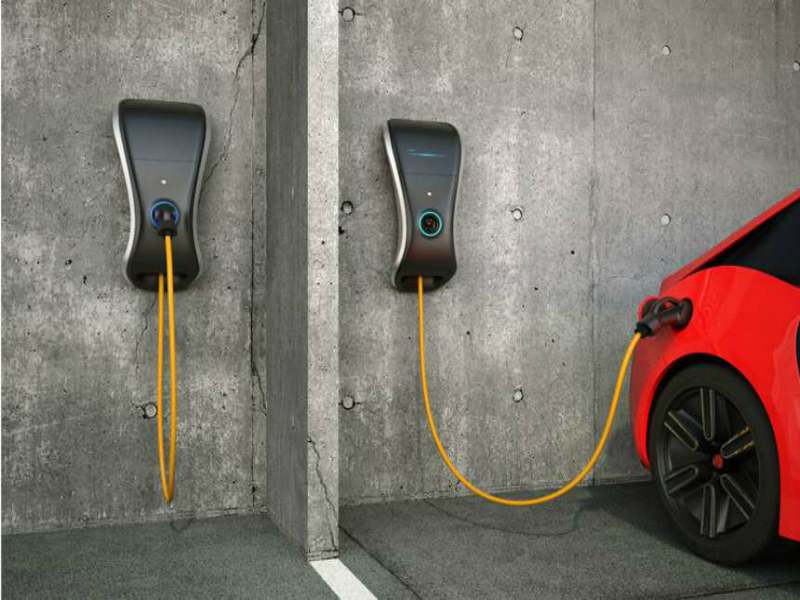Volkswagen announced their ambitious target to build a million EVs by 2025 and has already got a plan for their used EV batteries.

The rapid penetration of electric vehicles (EVs) has led to questions on its most expensive component – the battery. What happens to the batteries after 8-10 years of service when they retire from EVs due to capacity fade?
Earlier this year, Volkswagen unveiled its “power bank for the e-car”, a mobile rapid charger consisting of up to 360kWh second-life EV batteries that can charge up to four vehicles simultaneously.
The second-life battery-powered mobile charging stations provide a flexible and cost-efficient approach to the rapid expansion of the charging infrastructure, according to Volkswagen.
A retirement plan for batteries
After 8 to 10 years of service in EVs, batteries are normally retired due to faded capacity and power that fail to meet the range requirement of electric vehicles. According to IDTechEx’s latest report on “Second-life Electric Vehicle Batteries 2020-2030”, there will be over 6 million battery packs retiring from electric vehicles per year by 2030.
Recycling to extract raw materials from the spent batteries seems to be the default option. However, those used batteries could still retain up to 70-80% of the original capacity that can be further utilised in less-demanding applications such as stationary energy storage, before being recycled.
Major OEMs and energy storage companies have launched various pilot and business initiatives to explore second-life applications for used EV batteries.
By 2030, second-life battery capacity will hit over 275GWh per year, which presents huge opportunities for energy storage, according to the IDTechEx report. However, many technical, economic and regulatory challenges exist that might make it difficult for companies to profit from second-life batteries.
Second-life batteries connect the electric vehicle and energy storage value chains.
The potential value of second-life batteries is impacted by how the batteries are designed and used in their first life in the electric vehicles, how they are collected and used in second-life applications, and the value of recycling.